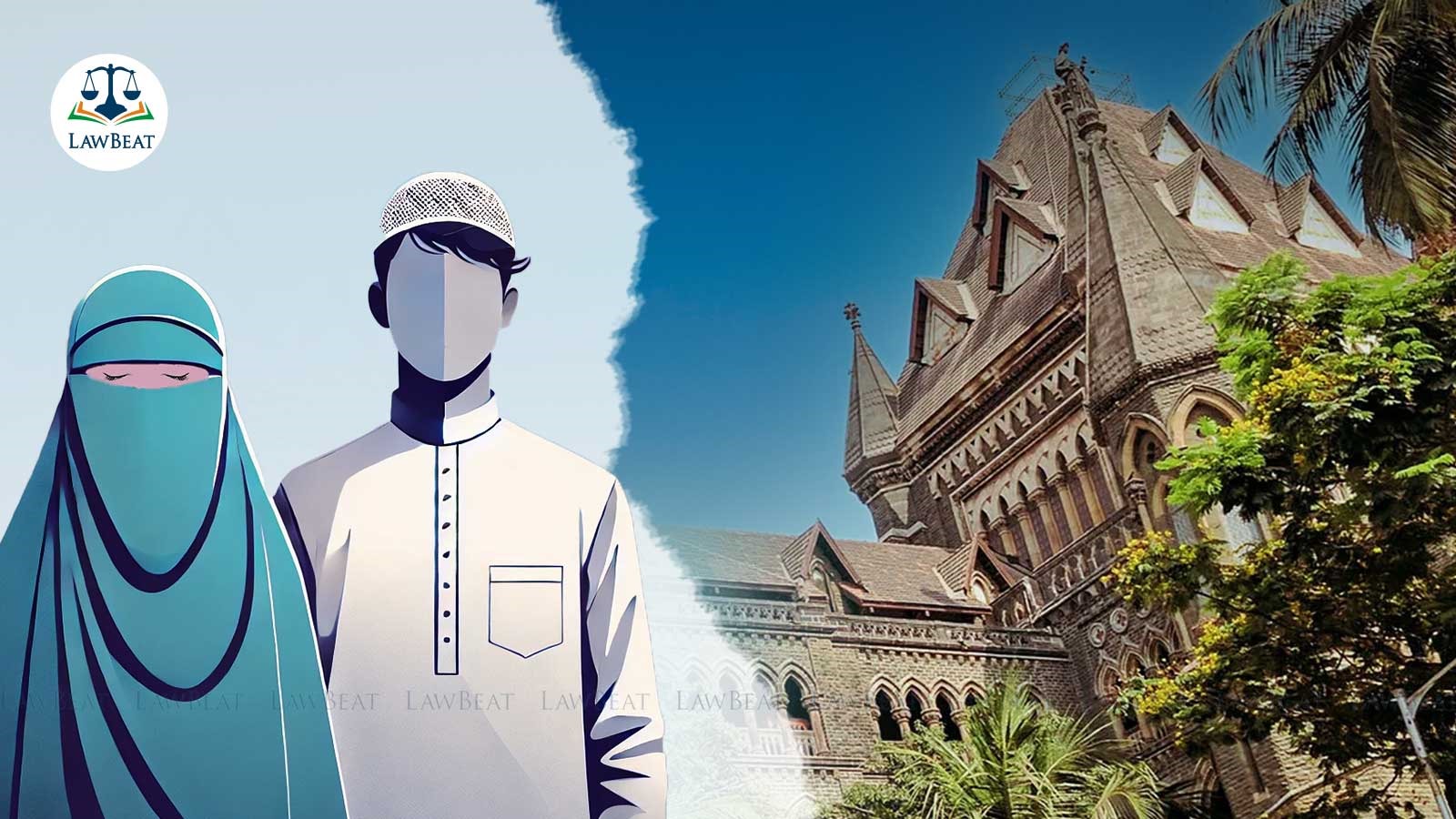Bombay High Court Dismisses Petition Filed By Students Challenging Hijab Ban In Mumbai College

The division bench of the high court, comprising Justice AS Chandurkar and Justice Rajesh Patil, was hearing a petition filed by nine girl students of the college challenging the ban imposed by the college management
The Bombay High Court today declined to grant any relief and dismissed the petition filed by 9 girl students challenging the ban on hijab, burqa, naqab etc in the NG Acharya and DK Maratha College of Mumbai.
The division bench of the high court, comprising Justice AS Chandurkar and Justice Rajesh Patil, was hearing a petition filed by nine girl students of the college challenging the ban imposed by the college management.
The counsel appearing for the college management submitted that the uniform was applicable to each and every community and not just Muslims. He added that even if someone were to wear a bhagwa in the college, it would not be allowed.
He argued that allowing such exceptions could lead to disharmony. Furthermore, he added that under the right to choice, anyone could advocate for anything they want, which could disrupt the uniformity and discipline of the college.
Furthermore, he submitted that the only restriction imposed was for students to wear Indian or Western dresses.
He maintained that the sole intent behind issuing such instructions was to ensure that people do not wear revealing clothes or clothes that disclose their religious identity.
"Imagine someone says tomorrow that i am advocating nudism. He will say I have the right to come nude in court. Priority is study. Do I say people belonging to a religion should sit on back benches? I am implementing it for everybody. What's the objection? Sending the petition to the press shows their intention. Lordship may also dismiss on the ground there is no bona fide," he argued.
The counsel appearing for the petitioner submitted that the students had been wearing hijabs, niqabs, and burqas for two years, and there had been no disharmony to date. He questioned the management's apprehension about the sudden disharmony that would be caused.
He further argued that Indian dress included the attire worn by Indian Muslims.
"The college says indian/western non revealing dress. The constitution came in 1950. Every citizen irrespective of religion or dress is Indian. I am an Indian Muslim. They can't argue that the hijab is not an Indian dress. Every dress including sari and salwar is an Indian dress," he said.
Furthermore, he also relied on the National Education Policy, which talks about diversity and inclusivity in schools and colleges. He also cited UGC guidelines that emphasize equity.
